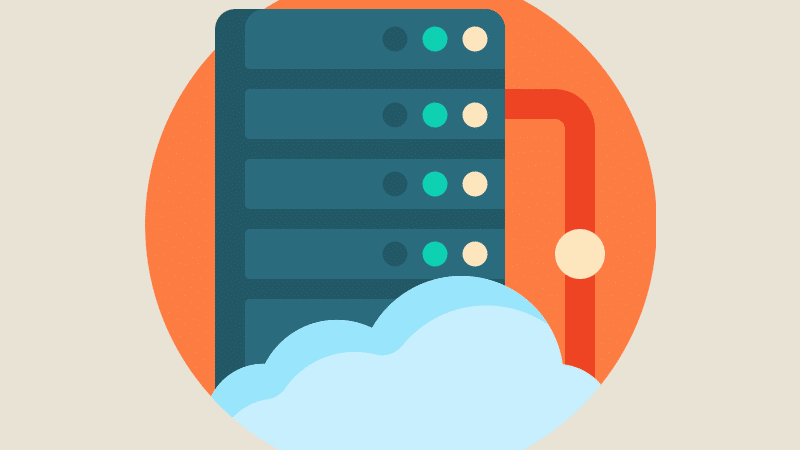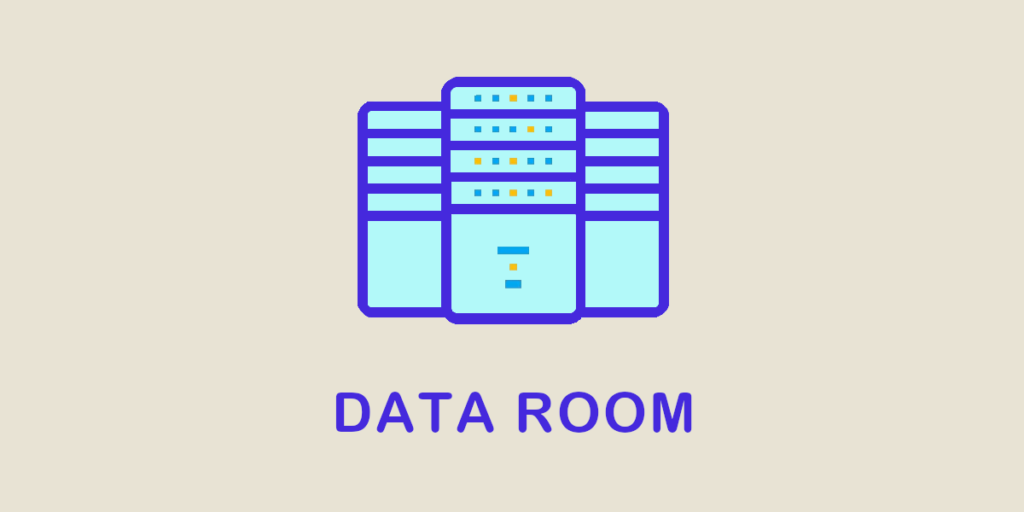Learn about Google Tag Manager, its role in simplifying tag management, and how to effectively utilize it to implement and manage various tags, tracking codes, and analytics scripts on your website without needing to modify the code directly
So what is it all about? Who is this solution for? What are its advantages? And how should you choose your data room? We answer your questions.
What is a data room?
A virtual data room is a dematerialised storage facility reserved mainly for confidential data. This means that only authorised employees can access this sensitive information. The data room enables files to be shared in complete security, thousands of data files to be downloaded easily, access to data to be controlled and employee activity to be monitored.
Ultimately, the aim is to facilitate collaboration, while guaranteeing maximum security for highly confidential information.
Data rooms have become necessary with the development of Big Data and the dematerialisation of data.
Sensitive data has always existed. But it used to be in paper format. The processes for accessing it were particularly cumbersome: only reading was authorised, no photocopies or photos, a limit on the number of people in the room, a schedule of opening dates and times, etc.
The data room has changed everything for organisations.
Who is the data room for?
Since the main purpose of data rooms is to store sensitive data, they are not necessarily useful for all businesses. Here are the main beneficiaries of this solution:
- Investment banks: between sales, fund-raising, mergers and acquisitions, etc., investment banks have to comply with the due diligence process. But for all these transactions, the volume of confidential data exchanged is very high. A secure solution is therefore needed to protect the data. The data room meets this requirement.
- Pharmaceutical and bio-tech groups: here, intellectual property issues are one of the major challenges facing the pharmaceutical sector. Maximum security is needed to prevent data leaks.
That said, more and more SMEs are also turning to these data room solutions for their confidential data. For the latter, the choice of solution will be very different.
Why use a data room?
The data room can be used to meet needs in terms of intellectual property and risk management. And for good reason, it allows you to :
Securing confidential data
This is the main objective of a virtual data room. In fact, this solution meets maximum security standards, in particular through managed hosting on localised, secure servers.
In this way, the data room enables organisations to protect all their sensitive information.

Checking data
Administrators control all access rights. So document sharing is only authorised according to each user’s profile.
Above all, all actions carried out in a data room are tracked. Administrators can monitor user activity using detailed statistics or identify trends in the most frequent consultations.
Document management
Depending on the solution chosen, a number of collaborative tools are available. For example, question/answer modules, document annotations, instant alerts on new documents, a drag-and-drop system, or support available 24/7. Above all, the idea is to facilitate users’ work and make the most of the data available.
What are the advantages of the data room?
For organisations holding confidential information, the data room is now an essential solution. There are several reasons for this:
- Information available to several users: before the development of data rooms, only certain people could access sensitive data. Now, thanks to the Internet, data is available everywhere. This means that several people can access it at the same time.
- Reduced logistics costs: previously, confidential data was stored on paper in a single location. This meant having to travel to the storage location every time a company needed it.
- Real-time availability of information: data rooms offer their users updates. This gives everyone access to the most up-to-date information.
- Access to the right information: data rooms have a data classification system that makes it easy to identify relevant documents.
- Time savings: with no need to travel and simplified real-time access, organisations save a considerable amount of time in managing confidential data. This optimises team productivity when exchanging sensitive information.
How do you choose your data room?
Before using this solution, you need to identify your real needs. To do this, you need to ask yourself a number of questions:
- How much information do you need?Confidential data concerns a wide range of information (legal, accounting, technical, processes, customers, information systems, etc.). You need to identify it before choosing the most appropriate solution.
- How scalable is the data? Companies need real-time information to make the best decisions. But depending on the business sector, data may need to be updated every second, every minute, every hour, etc.
- What are the access restrictions? In principle, only certain employees can access the dataroom. Confidential information requiring access rights should therefore be included.
- What skills do I have in-house? A large M&A firm does not have the same in-house resources as an SME. The choice of solution should therefore be adapted to the skills available in-house.
- What is the strategy? Even before choosing the data room solution, it is essential to define a strategy for managing and using confidential data, in particular by defining a person in charge, rules for using the data room, and so on.

Things to remember
- The data room is a dematerialised storage facility for an organisation’s confidential data.
- This solution makes it easier to share documents, while guaranteeing optimum levels of security.
- But to reap the benefits of the data room, organisations need to select their solution carefully, based on both their needs and their business skills.










